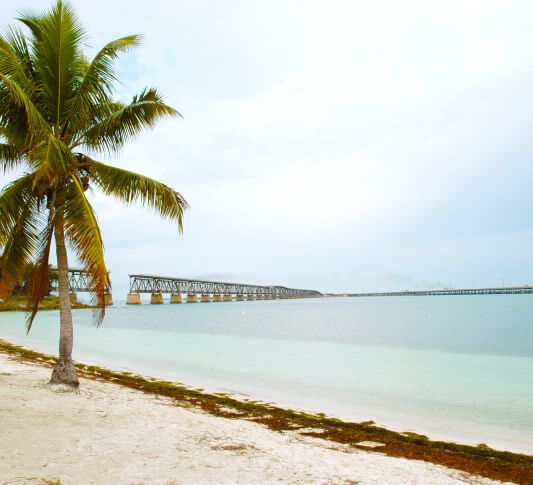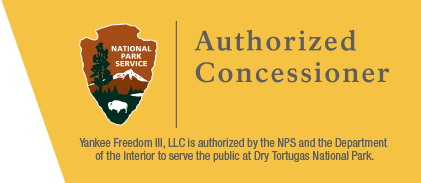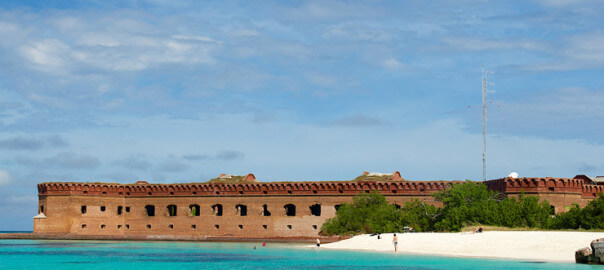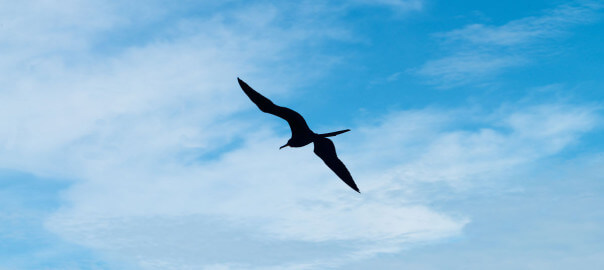Florida State Parks

Indian Key Historic State Park
In 1836, Indian Key became the first county seat for Dade County. At that time, this tiny island was the site of a lucrative business-salvaging cargo from shipwrecks in the Florida Keys. Accessible only by private boat or charter boat, visitors come here to swim, sunbathe, and hike. Canoeing, kayaking, boating, and fishing are also popular activities. The perimeter of the island provides one of the few near-shore areas for snorkelers and scuba divers to see coral. Ranger-guided tours are offered twice daily, Thursday through Monday. Tour boat services, as well as boat and kayak rentals, are available from Robbie’s Marina. For tour reservations call (305) 664-9814. Located on the ocean side of U.S. 1 at Mile Marker 78.5.
John Pennekamp Coral Reef State Park
The first underwater park in the U.S., John Pennekamp encompasses approximately 70 nautical square miles. While the mangrove swamps and tropical hammocks in the park´s upland areas offer visitors a unique experience, it is the coral reefs and their associated marine life that bring most visitors to the park. Most enjoy the view from a glass bottom boat tour, but visitors can get a closer look by scuba diving or snorkeling through the reefs. Canoeing and kayaking through the park´s waters are popular activities; fishing is permitted in designated areas. Visitors can enjoy hiking two short trails, or picnicking and swimming at the beach. The visitor center has a 30,000-gallon saltwater aquarium and theater showing nature videos. Full-facility and youth/group campgrounds are available. For boat tour information and reservations, call (305) 451-6300. Located at Mile Marker 102.5 in Key Largo.
San Pedro Underwater Archaeological Preserve State Park
This underwater archaeological preserve features a submerged shipwreck that is available for diving and snorkeling. Part of a Spanish flotilla, the San Pedro was a 287-ton, Dutch-built ship which sank in a hurricane on July 13, 1733. Her remains were discovered in 1960 in Hawk Channel near Indian Key. After major salvage efforts in the 1960s, all that remains of San Pedro is a large pile of ballast stones covering an area 90 feet long and 30 feet wide. The underwater site has been enhanced with seven replica cannons, an anchor, and an information plaque. Visitors can also appreciate the marine life that occupies the site. Located in 18 feet of water, approximately 1.25 nautical miles south from Indian Key at GPS coordinates 24 degrees 51.802’N, 80 degrees 40.795’W. To prevent anchor damage, please tie up to mooring buoys located at the site.
Lignumvitae Key Botanical State Park
The virgin tropical hardwood hammock that thrives on this island was once common on most of Florida’s Upper Keys; most of these forests have been lost to development on other islands. In 1919, William J. Matheson, a wealthy Miami chemist, bought this tiny island and built a caretaker’s home with a windmill for electricity and a cistern for rainwater. Today, his hideaway is the visitor center for this island forest. Ranger-guided tours are given twice daily, Thursday through Monday. The park is accessible only by private boat or tour boat. Tour boat services, as well as boat and kayak rentals, are available from Robbie’s Marina. For tour reservations call (305) 664-9814. Located one mile west of U.S. 1 at Mile Marker 78.5.
Long Key State Park
The Spanish named this island “Cayo Vivora” or Rattlesnake Key because its shape resembles a snake with its jaws open. In the early 20th century, Long Key was the site of a luxurious fishing resort that was destroyed during the Labor Day Hurricane of 1935. Today, visitors can explore this island by canoeing through a chain of lagoons or hiking two land-based trails. The Golden Orb Trail leads visitors through five natural communities to an observation tower that provides a panoramic view of the island and its profusion of plant and animal life. Some of the best bonefishing in the Keys is found here. Full-facility campsites overlook the Atlantic Ocean. Located at Mile Marker 67.5, 67400 Overseas Highway.
Windley Key Fossil Reef Geological State Park
Formed of Key Largo limestone, fossilized coral, this land was sold to the Florida East Coast Railroad, which used the stone to build Henry Flagler’s Overseas Railroad in the early 1900s. After the railroad was built, the quarry was used until the 1960s to produce exquisite pieces of decorative stone called Keystone. Today, visitors can walk along eight-foot-high quarry walls to see cross sections of the ancient coral and learn about the quarry and its operation- an important part of Florida’s 20th century history. Samples of the quarry machinery have been preserved at the park. Visitors can enjoy the natural attributes of this island while strolling five short, self-guided trails. Picnic tables are available. The visitor center, open Thursday through Monday, 8:00 a.m.-5:00 p.m., features educational exhibits about the history of this site. Located at Mile Marker 85.5 on Windley Key near Islamorada.
Pages: 1 2 3 4 5 6 7 8 9 10 11 12 13 14 15 16



